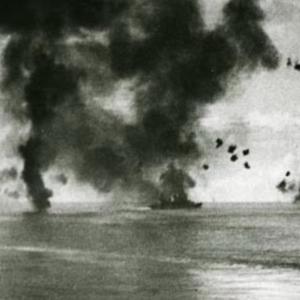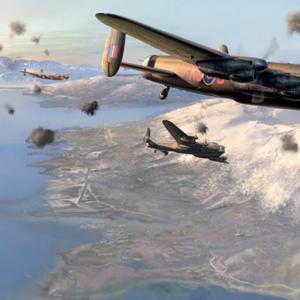
Radar Directed Gun Fire
During the later years of World War II, a new kind of technology changed the way naval battles were fought. The United States Navy began using radar-directed gunfire aboard its battleships, a development that made naval gunnery far more accurate than ever before. Before this, ship crews had to rely mostly on visual spotting, guessing distances through rangefinders, and adjusting their aim based on what they could see through smoke, darkness, or bad weather. It worked, but it was far from precise.
Radar changed all that. Developed through cooperation between the U.S. Navy, the Massachusetts Institute of Technology’s Radiation Laboratory, and several major manufacturers like RCA, General Electric, and Western Electric, radar allowed ships to “see” their targets by bouncing radio waves off them. When these radar signals returned, operators could tell exactly how far away an enemy ship or aircraft was, even in complete darkness or through fog.
This radar information was then fed into a fire control computer system, most notably the Ford Mark 1A fire control computer made by the Ford Instrument Company. This mechanical computer could instantly calculate where a ship’s guns should aim, taking into account distance, wind, target speed, and even the ship’s own movement. The radar kept updating the position of the target, and the guns could adjust automatically in real time.
For the first time, American battleships could open fire without ever seeing the enemy. In famous late-war naval engagements like the Battle of Surigao Strait and the battles off Okinawa, radar-directed gunfire proved devastating. Enemy ships were often hit within the first few salvos, long before they could get close enough to see their attacker. Japanese forces, who still depended largely on visual targeting, were often outmatched in night battles where radar gave the Americans a decisive edge.
This system didn’t just improve accuracy—it changed naval warfare itself. The big gun battles of the past, where ships traded fire over visible distances, were replaced by precision engagements guided by invisible waves. Radar-directed fire control became the standard for modern navies, setting the stage for the guided weapons and electronic warfare systems that would follow in later decades.
What began as an experimental wartime innovation ended up being one of the most important steps in the history of naval technology, giving the United States a clear advantage at sea and helping shape the outcome of the Pacific war.










